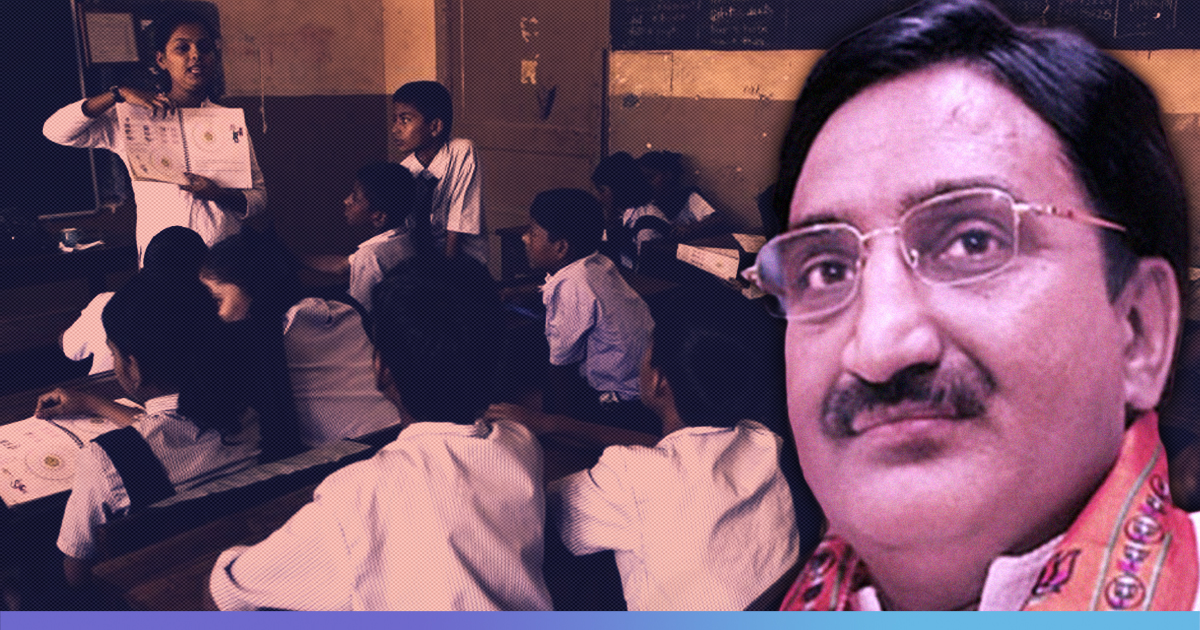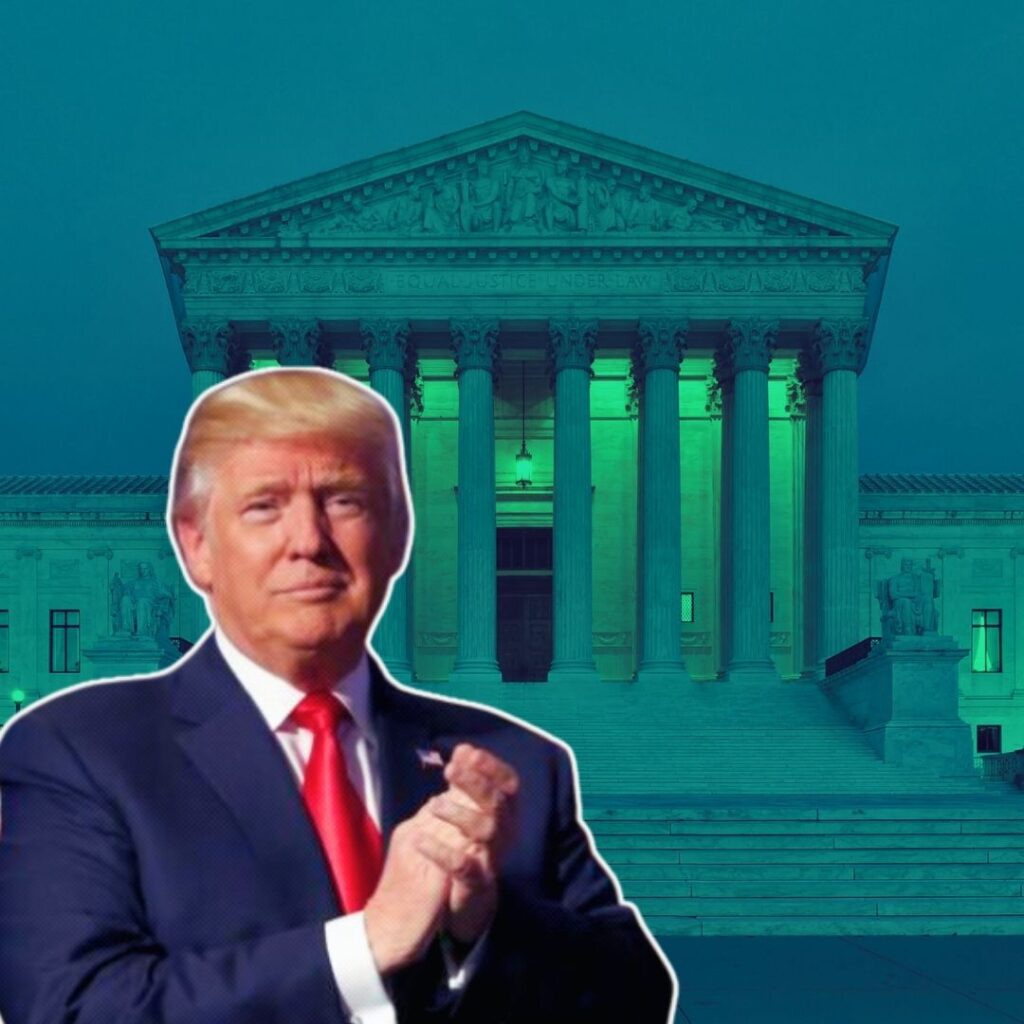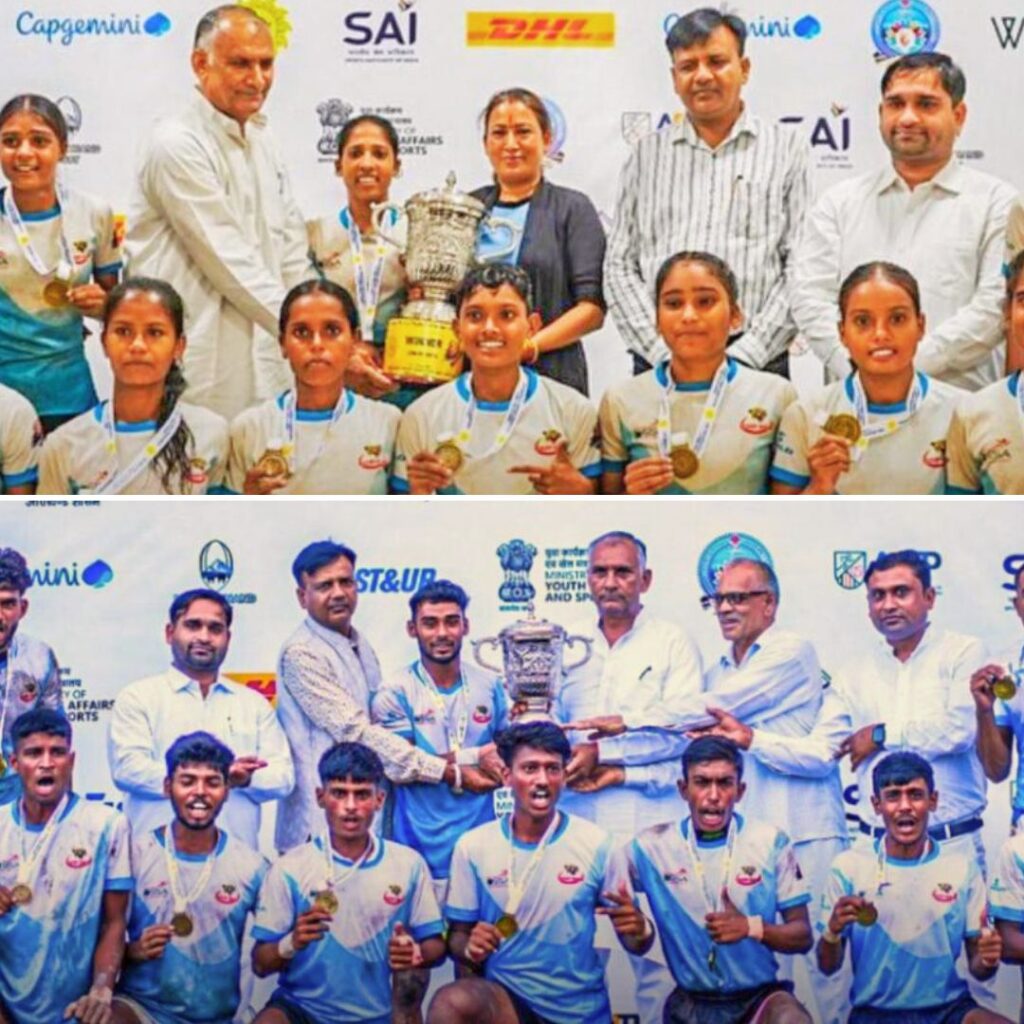India’s education system, while being one of the biggest in the world, is plagued by a number of problems and shortcomings as several reports point out, like those of the World Bank, the British Council, ASER and NITI Aayog. Huge dropout rates, incompetent faculty, shortage in the number of teachers, dismal sex ratio, incompetent curriculum, and widespread corruption are just a few of the many issues that are highlighted when discussing the education system of India.
According to a report by the UN, India has the world’s largest population aged between 15 to 24 years of age (241 million) which is a lot more than that of China (169 million). This population is set to almost double (to almost 500 million) by 2020, according to a report by the Ministry of Statistics and Programme Implementation. And as the country is nearing this proportion there is a rising panic over the dismal state of affairs of the failing education system which if not fixed would only lead to a situation even more critical than now, as is evident by these reports1, 2, 3, 4.
The government’s answer to the concerns
Addressing the beforementioned issues, the government undertook a massive collaborative action in 2016 wherein they, “…embarked on a time-bound grassroots consultative process, [through which it] aimed at reaching individuals across the country through over 2.75 lakh direct consultations and also took input from citizens online.” The aim was to ask the citizens directly for their inputs on what would go on to become the new/revised National Education Policy. The second revision after the original policy of 1986 and its modification in 1992.
This is your chance to influence the national education policy. Join the discussion today. https://t.co/MbshsLJlEd pic.twitter.com/OqdXavRTKO
— Ministry of HRD (@HRDMinistry) April 1, 2015
Watch the New Education Policy TVChttps://t.co/6pW3ci8vEz
and send us your suggestionshttps://t.co/Br6iPphZ2M— Ministry of HRD (@HRDMinistry) March 30, 2015
Once the discussion period was over, the wait began for the draft of the New Education Policy to be made public. In 2017, the then Minister of Human Resource Development, Prakash Javadekar invited the former ISRO chief Dr K. Kasturirangan to form a committee and draft a new National Educational Policy within 6 months. But what was supposed to take 6 months turned into a huge effort of building a new policy from scratch. Almost 3 years after the commencement of the task, finally the first draft of the much-awaited New Educational Policy, 2019 was unveiled on 31st May by the drafting committee and the current Minister of HRD Dhotre Sanjay Shamrao.
Draft New Educational Policy 2019 being submitted to the Hon’ble Minister for HRD by the Drafting Committee. pic.twitter.com/qvYstJMKzT
— Ministry of HRD (@HRDMinistry) May 31, 2019
The new education policy
The new policy’s draft is divided into 4 parts. The first part – School Education – as the name suggests, deals with the aspects of School Education covering everything from early childhood care and education to school education up to 12th Grade. The second part – Higher Education – deals with the aspects of education after the 12th Grade i.e., at the level of College and University. The third part – Additional Key Focus Areas – deals with four topics peripheral to the previous two parts, namely Technology in Education, Adult Education, Vocational Education, and [the much debated upon] Promotion of Indian Languages. The fourth part of the report is short (almost 10 pages) and deals with the committee’s proposal of constituting a new apex body for education – the Rashtriya Shiksha Aayog (RSA) – which would be responsible for, “…developing, articulating, implementing, evaluating, and revising the vision of education in the country [at all levels].” This part lays out the structure and functioning of the RSA.
Throughout the span of its 484 pages, the draft proposes an upheaval of the present structures of education at all levels and restructure them with significant changes so that, “…it touches the life of each and every citizen, consistent with their ability to contribute to many growing developmental imperatives of this country on the one hand, and towards creating a just and equitable society on the other.” The preamble of the Policy states, “We have proposed the revision and revamping of all aspects of the education structure, its regulations and governance, to create a new system that is aligned with the aspirational goals of 21st Century education, while remaining consistent with India’s traditions and value systems.” The draft of the policy can be read here.
As quoted in the report, “…[the new structures encourage a focus on inclusion of] Indian and local traditions as well as ethical reasoning, socio-emotional learning, quantitative and logical reasoning, computational thinking, and digital literacy, scientific temper, and languages and communication skills, in a manner that is developmentally appropriate and in the curricular/pedagogical style that is optimal for each stage.”
Key changes
Some of the significant changes that have been proposed in the draft are:
- In the initial stages of education, the draft recommends the inclusion of Early Childhood Care and Education (ECCE) as an integral part of school education, suggesting the establishment of Anganwadis near Primary schools and working in tandem.
- In the case of school education, the draft departs from the old ‘10+2’ structure and proposes a more flexible ‘5+3+3+4’ structure. This comprises of five years of foundational education (Pre-Primary to Grade 2), three stages of preparatory school education (Grades 3, 4, and 5), three stages of middle school education (Grades 6, 7, and 8), and four years of high school education (Grades 9 to 12).
- According to the draft the preparatory stage will involve play-based and activity-based, and discovery-based learning which incorporates the latest research in ECCE and the, “…time-tested Indian traditions for cognitive and emotional simulation of children.”. Books and other formal learning tools will be incorporated gradually as the children’s cognitive capabilities mature.
- The next two stages will involve multidisciplinary, subject-oriented pedagogical studies where the focus will be on, “…experiential learning within the subjects, and explorations of relations among different subjects will be encouraged and emphasised despite the introduction of more specialised subjects and subject teachers.”
- A significant policy change suggested by the draft is the expansion of the Right To Education (RTE, 2009) Act to include children from the ages of 3 to 18, thus expanding its provisions till the 12th Grade. It recommends an extension to the mid-day meal programme to include a nutritious breakfast for pre-primary and primary school children.
- The proposal lays down measures to put a stop on the absurd fee hikes instituted by several private schools at different levels.
- The draft recommends the removal of differentiation between curricular, co-curricular, and extra-curricular activities, and asks for all subjects – including arts, music, crafts, sports, physical activities, and community activities – to be counted as curricular.
- The previous three-language formula is encouraged in the draft asking for Hindi and English to be made compulsory and a regional language to be taught along with them based upon the location of the school.
- In a radical overhaul of the pedagogical structure of the present high-school education structure, the draft proposes the division of each year into two semesters at the high school education stage. In each semester the student will be required to take five to six subjects (with electives in arts, vocational courses, and physical activities).
- As stated in the draft, “Students should be able to take a board examination in a given subject in whichever semester they take the corresponding class in school, whenever they feel most ready; and they should be able to take any subject’s board examination again if they feel they can study and do better.”
- With regard to teaching, the draft proposes the four-year integrated B.Ed. degree a minimum requirement to become a teacher; while also proposing the shutting down of all below-standard training institutes of teachers and shift all teacher training programmes to large multidisciplinary Colleges/Universities.
- The draft recommends the formation of a National Higher Education Regulatory Authority as the only regulator of Higher Education in the country; including professional and vocational education. Thereby, dissolving the UGC and expanding on its functions.
Besides these, there are many more reforms that have been put down in the proposal. This has made this a radical change in how we understand the Indian Education System right now.
The Logical Indian take
Immediately after the draft was made public it was made clear that right now it is being done so that everyone may go through it and provide their feedback and suggestions. Within a day, the draft’s proposal of the three-language system was taken up by Twitter. It erupted into a row and soon the hashtag #StopHindiImposition was trending on Twitter.
Within a few days, the issue has turned deeply political with partisans coming out with their opinions on the matter. Soon afterwards the HRD ministry came out with its statement, again clarifying that the draft has been put out with the aim that it can be improved upon through the addressing of the concerns of people. But the debates are still centred around a single proposition among a whole list of them.
The Logical Indian appreciates that people are coming out with their concerns and voicing them. Democracy is strengthened through the dissent of its citizens. At the same time what’s also true is that the whole picture should not be ignored in lieu of focusing on a single detail. We implore our readers to go through all the salient points of the draft and come up with their suggestions and concerns. The need of the hour is to have a more inclusive and wholesome discussion so that our future generations may have access to an eco-system which is based upon the “foundational pillars of Access, Equity, Quality, Affordability, and Accountability.” The draft of National Education Policy 2019 is publicly available. Comments and suggestions can be mailed to [email protected] before 30th June 2019.
Also Read: Government Retracts From Making Hindi Mandatory Across India, Says It Was Never The Intention











